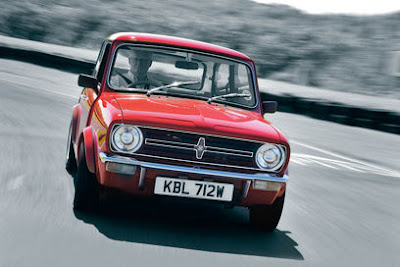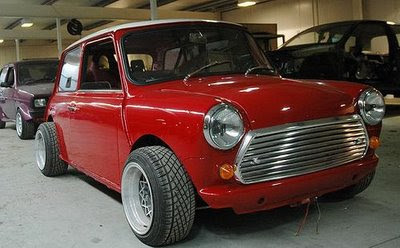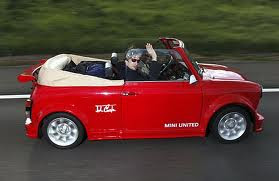Mini Clubman and Mini 1275GT (1969–1980) Parts 3
 9:09 PM
9:09 PM
 MINI Cooper Cars Blog
, Posted in
1275GT
,
British Leyland
,
Clubman
,
Mini 1275GT
,
Mini Cars
,
Mini Classic Cars
,
Mini Clubman
,
Mini Clubman 1275GT
,
Mini Clubman and 1275GT
,
Mini Cooper
,
Mini Cooper Cars
,
Mini Cooper Classsic Cars
,
1 Comment
MINI Cooper Cars Blog
, Posted in
1275GT
,
British Leyland
,
Clubman
,
Mini 1275GT
,
Mini Cars
,
Mini Classic Cars
,
Mini Clubman
,
Mini Clubman 1275GT
,
Mini Clubman and 1275GT
,
Mini Cooper
,
Mini Cooper Cars
,
Mini Cooper Classsic Cars
,
1 Comment

MINI CooperMini Clubman and Mini 1275GT (1969–1980) Parts 3Picture Of Mini Clubman And Mini 1275GTClassic MINI Cooper CarsMINI Cooper CarsThe Mini Clubman and 1275GT were responsible for two motoring "firsts": they were the first vehicles to use a flexi printed-circuit board behind the dash instruments (universal nowadays, but technically advanced for 1969). Secondly, the 1275GT was the first vehicle to be offered with run-flat tyres; from 1974 this model could be ordered with optional Dunlop Denovo tyres on 12-inch (300 mm) diameter rims. In the event of a puncture, the Dunlop Denovo tyre would not burst and quickly deflate, but could continue...





































.JPG)






.JPG)










